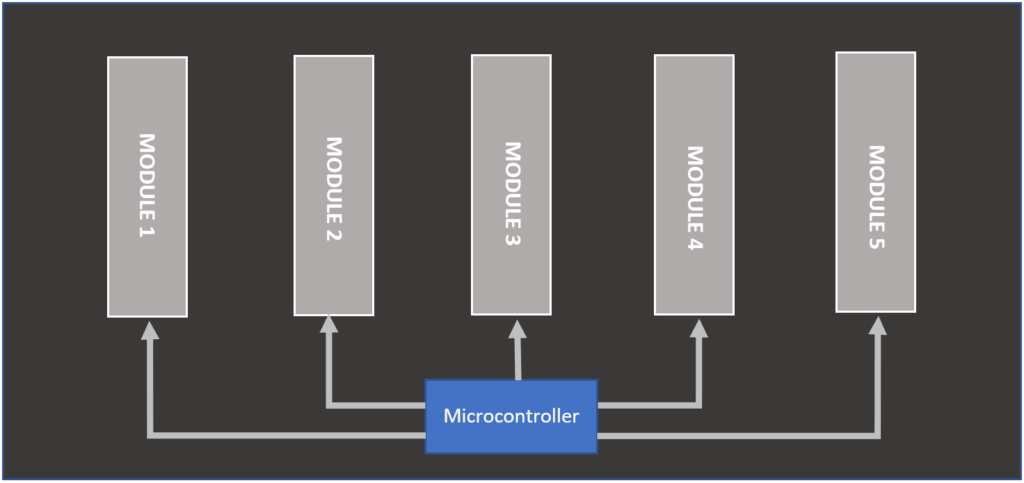Today I choose to deal with the redundancy in the electronic systems and the system on which we are currently working: OpenVPX. The simplest definition of the redundancy is the duplication of a function in a critical system in order to increase the security and reliability. According to le wikipedia the redundancy is defined as follow : ” redundancy is the duplication of critical components or functions of a system with the intention of increasing reliability of the system, usually in the form of a backup or fail-safe, or to improve actual system performance, such as in the case of GNSS receivers, or multi-threaded computer processing”.
In the aeronautic the redundancy is fundamental even inevitable for passengers life security, in space sector regarding satellites or unmanned vehicles, the redundancy is about costs because of the engineering, launching and all the infrastructures based on it. Regarding defence area the redundancy is for especially reliability of equipments de communication and control equipments in the extreme environmental conditions because it is not only about material/equipment but also the lifes of soliers.
The components that can break down the most are the core components, which are as follows:
- Processor / Microcontroller
- Sensors
- Memories
- Operating System / RTOS
- Loops
- Addressing
As LaRocheNoire Tecnology the OpenVPX on which we work is equipped with several redundancies (i.e : clocks, memories, power supplies, processors, etc). We make sure that our openVPX products could be used under any environmental conditions. Even if a component or software breaks down the concerning function could be taken over by other components or software then the goal is to ensure the continuity of the system’s operation.
Our OpenVPX system, as for all openVPX, is made up of two parts: backplane and payload(module). A backplane could be seen as a motherboard which makes communicate all the module connected on it with each other. The backplane has a controller to monitor all the modules. It monitors mainly the operation of all functions.
The figure below shows structure of openVPX on which we are working. Obviously all the interconnection of the modules are not presented because it not the subject of this blog. The figure shows how the microcontroller is connected to each module. The microcontroller’s role here is check what is wrong with each module and if there is a problem on a specific module then it takes over the control on the failed function and actives another identical function (redundancy).

Thus, the same method is also applicable for softwares. When a software fails or malfunctions the microcontroller detects them and reload / reflash the processor/FPGA.
In addition of the redundancy explained above, each module have also a redundant function that could be managed internally without microcontroller invervention. The microcontroller reacts when it no longer possible for the module to manage the redondance by itself.
Expected operating conditions are very important in the analysis of the reliability of systems. Redundant systems have the advantage of ensuring the operational safety of the overall system. Thus, modular systems such as openVPX allow operators fast and efficient maintenance because almost all of the functions are also modular, so finding and repairing the fault is simpler and faster. So implementing redundancy in a design makes it very effective in improving reliability especially in sophisticated systems.